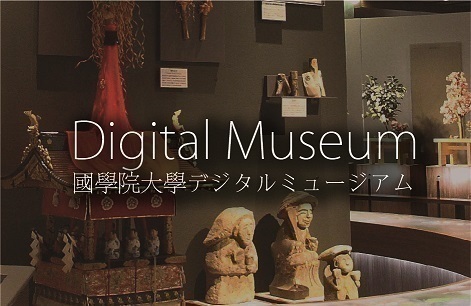- トップ
- Encyclopedia of Shinto
- Daikunokami
Encyclopedia of Shinto
| Main Menu: | |
| Links: |
詳細表示 (Complete Article)
| カテゴリー1: | 2. Kami (Deities) |
|---|---|
| カテゴリー2: | Kami in Folk Religion |
| Title | Daikunokami |
| Text | [Daiku no kami] A generic term for kami worshiped by woodworkers and carpenters (daiku). One of the typical figures worshiped by carpenters in the Kyoto and eastern Japan regions is the seventh-century imperial regent Shōtoku Taishi, based on the popular Taishi cult and the legend that he was in charge of supervising the carpenters who built the temple Hōryūji. Worship is frequently observed on the 17th day of January, May, and September, or on the 22nd day of Feburuary and October, on which days a "Taishi confraternity" (Taishikō) meets, and enjoys a meal before a hanging scroll depicting Shōtoku Taishi. In some areas a similar Daishikō is observed on the 23rd day of November in memory of the Japanese Buddhist saint Kōbō Daishi, and these meetings may be attended only by carpenters. Some attempts have been made to discriminate Daishikō from Taishikō, but in either event, both terms appear to have their origin in the term taishigami, namely the offspring ("prince") of a kami, and thus apparently originated in the worship of the taishigami which was believed to appear annually around the time of the winter solstice. Further, in the Satsuma Peninsula of Kagoshima Prefecture, as well as on the islands of Amami and Okinawa, carpenters are called seku, with the result that the kami of carpentry is called seku no kami, and represented symbolically (see shintai) by rulers or long rods marked with a measuring scale. Legends of these area relate that seku no kami appear upon the occasion of rebuilding or rethatching of the sacred buildings called toneya or ashage which figure importantly in village ritual events. -Iwai Hiroshi |




